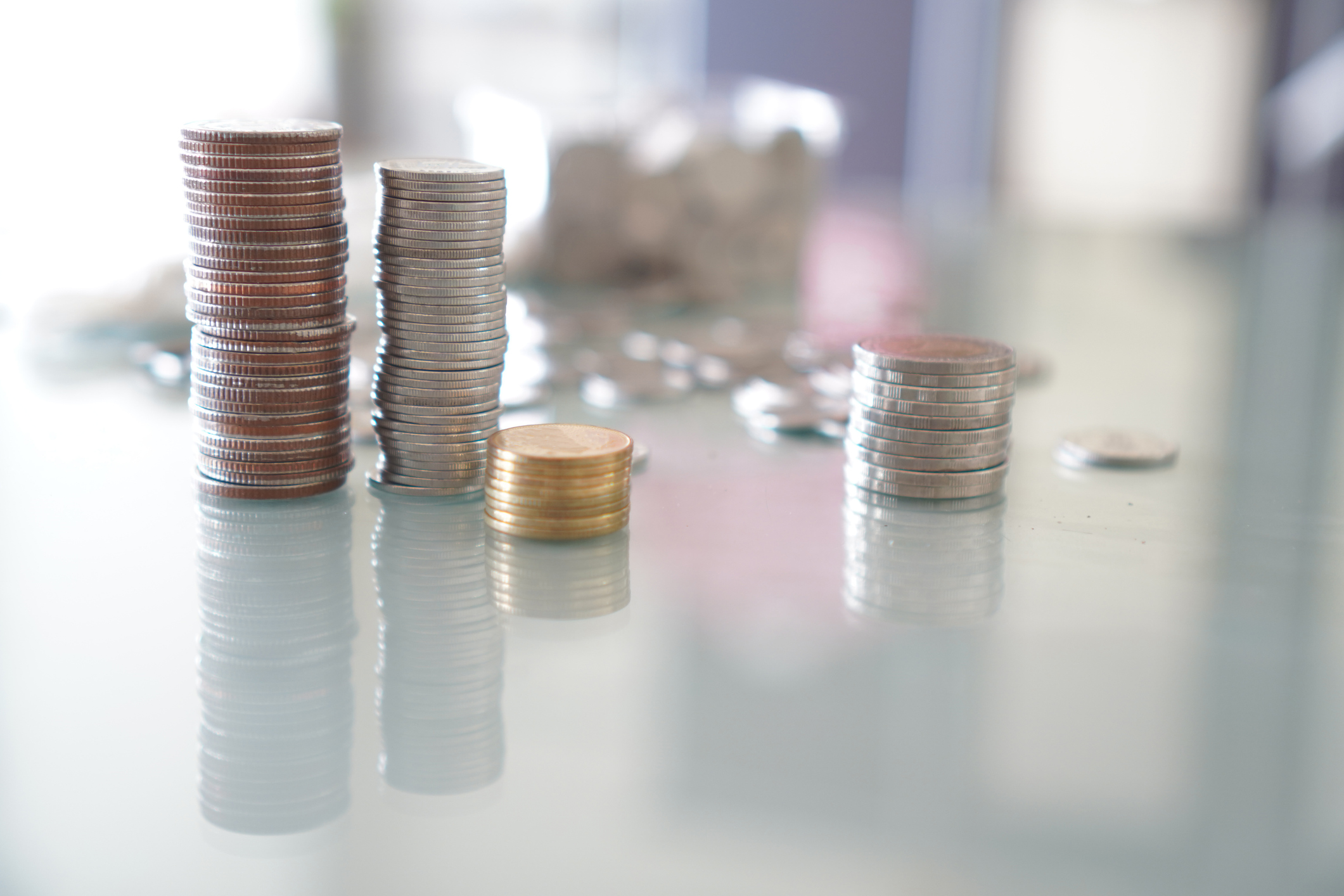Credit Cards Not a Game
To children, credit and debit cards aren't as real as money they can see and feel. To learn basic money skills, they need to get their hands on cold hard cash.

Later this year Hasbro will introduce a new version of its classic Game of Life that replaces play money with a Visa-branded card (see A Skewed Take on Life).
That's too bad. Not only does the new "Twists & Turns" edition ($35) advertise a company logo to kids as young as 9, but it also cancels out the hands-on value of the original game: Kids could feel the pleasure of collecting a salary, or the pain of paying for college, by piling up or depleting stacks of money.
Children don't draw a distinction among credit, debit and prepaid cards. To them, plastic is plastic and none of it is as real as cash. That's why I believe so strongly that kids need to deal in hard currency. And there's plenty of research to back me up.
From just $107.88 $24.99 for Kiplinger Personal Finance
Become a smarter, better informed investor. Subscribe from just $107.88 $24.99, plus get up to 4 Special Issues

Sign up for Kiplinger’s Free Newsletters
Profit and prosper with the best of expert advice on investing, taxes, retirement, personal finance and more - straight to your e-mail.
Profit and prosper with the best of expert advice - straight to your e-mail.
For example, James Roberts, associate professor of marketing at Baylor University, has done extensive research on credit-card use among adolescents. His conclusion: "When you remove actual money from the exchange, it's easier to spend and more difficult to keep track of your spending."
When researchers stood outside a college bookstore and asked departing students how much they had spent, students who had paid by cash or check could pinpoint their bill to the penny. But students who had paid by credit card offered estimates that were all over the map.
Brain-imaging studies done by George Lowenstein, professor of economics and psychology at Carnegie Mellon University, show that the parts of the brain that register pleasure and pain are also involved when people make purchases. Buying something stimulates a pleasurable response, and paying for it elicits pain.
Paying with plastic, says Lowenstein, has the potential to anesthetize the pain. "Swiping a card isn't like giving something up," he says.
Credit is fine as long as cardholders are mature enough to handle it. But because the brain continues to develop until young people are in their early twenties, 'tweens and teens are "susceptible to the lesson that you can finance a purchase through debt and the future will take care of itself," says Lowenstein.
Look, I'm no Scrooge. I can see how kids could find Twists & Turns to be cool and fun to play. To appeal to parents the game will include a booklet based on Visa's financial-literacy curriculum.
Hasbro says it has also enhanced the game by changing the rules: The winner will no longer be the player who accumulates the most money but the one who earns the most "life points" -- a combination of wealth and experience. And, says a Hasbro spokesperson, "If you don't manage your finances well, you can't win."
But as a way of teaching financial literacy, the classic Game of Life is hard to beat. Fortunately, it's still available -- for about half the price of Twists & Turns. Show me the money any day.
Profit and prosper with the best of Kiplinger's advice on investing, taxes, retirement, personal finance and much more. Delivered daily. Enter your email in the box and click Sign Me Up.

Janet Bodnar is editor-at-large of Kiplinger's Personal Finance, a position she assumed after retiring as editor of the magazine after eight years at the helm. She is a nationally recognized expert on the subjects of women and money, children's and family finances, and financial literacy. She is the author of two books, Money Smart Women and Raising Money Smart Kids. As editor-at-large, she writes two popular columns for Kiplinger, "Money Smart Women" and "Living in Retirement." Bodnar is a graduate of St. Bonaventure University and is a member of its Board of Trustees. She received her master's degree from Columbia University, where she was also a Knight-Bagehot Fellow in Business and Economics Journalism.
-
 Forget Financial Forecasts: Focus on These 3 Goals for Success
Forget Financial Forecasts: Focus on These 3 Goals for SuccessWe know the economy is unpredictable and markets will do what they do, no matter who predicts what. Here's how to focus on what you can control.
-
 Why In-Person Financial Guidance Remains the Gold Standard
Why In-Person Financial Guidance Remains the Gold StandardFace-to-face conversations between advisers and clients provide the human touch that encourages accountability and a real connection.
-
 How You Can Turn Your Home Equity Into a Retirement Buffer
How You Can Turn Your Home Equity Into a Retirement BufferIf you're one of the many homeowners who has the bulk of your net worth tied up in your home equity, you might consider using that equity as a planning tool.
-
 Smart Strategies for Paying Your Child an Allowance
Smart Strategies for Paying Your Child an AllowanceBy giving your kids money to spend and save, you’ll help them sharpen their financial skills at an early age.
-
 How to Motivate Kids to Save
How to Motivate Kids to Savepersonal finance It's not easy teaching your child to save. Here are some ways readers have incentivized their kids to keep track of their finances.
-
 Lessons for Kids From the Crisis
Lessons for Kids From the Crisissavings One of the greatest opportunities presented by the pandemic is to give children an appreciation for the workings of the economy.
-
 Why Financial Education Works
Why Financial Education Workscollege Money skills learned young will pay off in the long run.
-
 The Tooth Fairy Is Leaving Less Under Pillows These Days
The Tooth Fairy Is Leaving Less Under Pillows These Dayssavings The average amount that the Tooth Fairy gives kids is down 10% from last year.
-
 The Value Test: 300 Colleges That Pass
The Value Test: 300 Colleges That PassCollege Rankings All the schools on our list, from 1 to 300, are best values.
-
 6 Ways to Get Your Kids to Do Chores Without Paying Them
6 Ways to Get Your Kids to Do Chores Without Paying Themspending Kids shouldn't be paid for doing routine tasks, but for doing extra jobs that parents define as above and beyond.
-
 Save $1 for College, Cut $2 in Debt
Save $1 for College, Cut $2 in Debtcollege Paying for college doesn't mean you have to take out thousands in student loans.